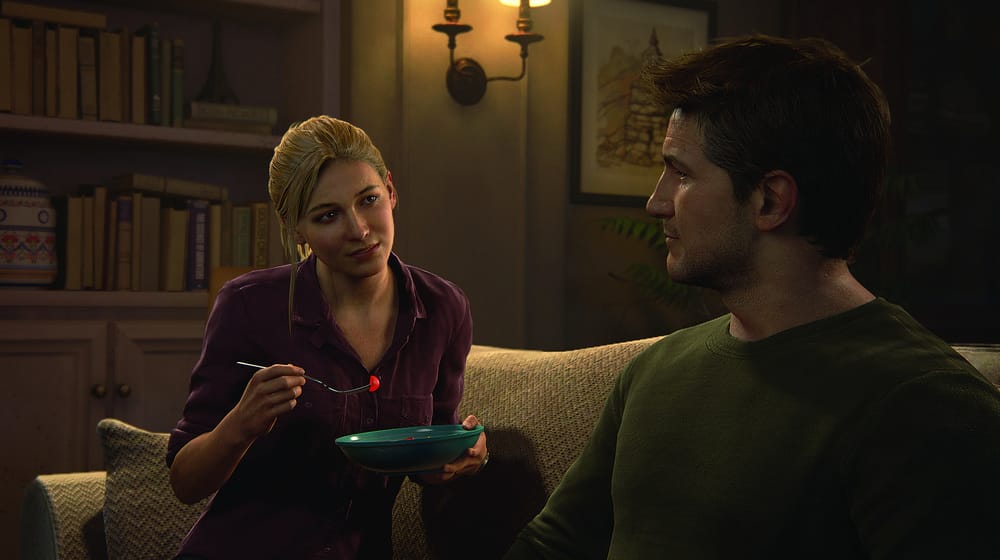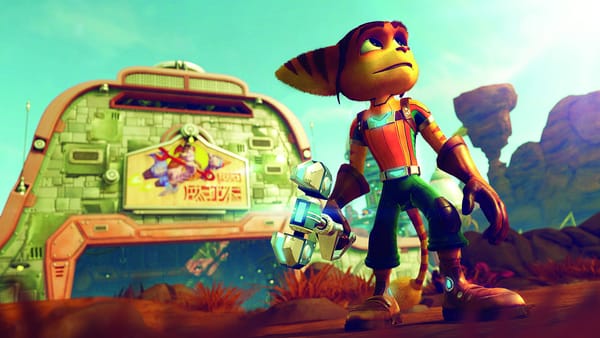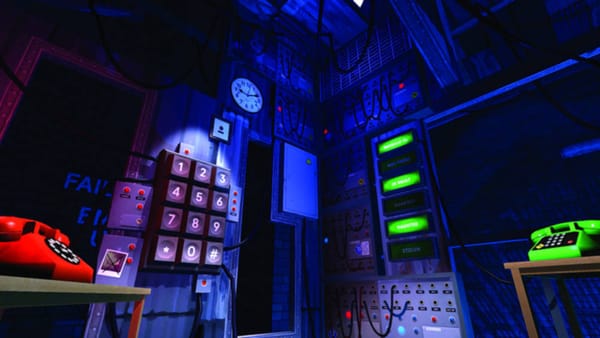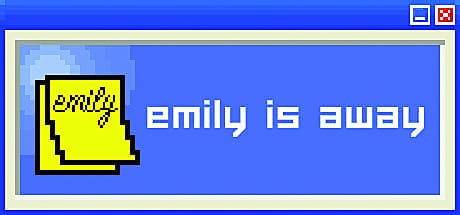Escaping the uncanny valley
Uncharted 4 sets the course for the future of gaming realism

A major criticism of the Uncharted trilogy has always been that it is more style than substance, that is focuses too heavily on glorious set-pieces and stunning scenery to mask its flaws. That is not to say that these games don’t have substantial playable elements – they do – but the gameplay that does exist is often shallow and poor when compared to the genres it borrows from. The gameplay element most criticised in previous titles was the third-person gunplay. Imperfect controls plagued these repetitive sections which make up a large part of the Uncharted series. Many would argue (myself included) that the games would be better if shooting were removed completely. A few years after the release of Uncharted 3, Naughty Dog released The Last of Us, which fixed many of these issues. Uncharted 4: A Thief’s End relies heavily on the improvements that made The Last of Us a critical success. It’s more serious in tone, relies less on set-pieces, and feels more natural (in all of its gameplay mechanics). This is easily the best game Naughty Dog have ever made, the best game on the PS4, and a historic moment in video game history. It is the first game that truly moves beyond the uncanny valley into astonishing realism.
Photorealism has been a goal since the dawn of video games. In the past the limits of technology resulted in artists making stylistic choices to create attractive games regardless, while some rejected (and continue to reject) photorealism altogether. It is only now with the sheer power of modern consoles that consumers are able to render interactive environments – in their own home – in such detail. Uncharted 4 transports us to bright green jungles where each tree, branch, and leaf sways effortlessly in the wind. Drake and his companions travel to ancient cities in decay and lively modern tourist destinations. To emphasise the expansiveness of the world that they have created, the sea is nearly always in view. It’s rare for the player to ever feel enclosed (unless they’re in a cave, obviously) or constrained. The game might be linear, but it feels like an ‘open’ world. Naughty Dog go beyond what is necessary - they create stunning vistas and endless sprawling cities as mere backdrops to an already detailed foreground. To experience everything the game has to offer you must leave no area, however small, uncharted.
These spectacular graphics are the result of more than just detailed geometry and textures; developers Naughty Dog showcase some of the industry’s best lighting effects. It is this aspect of its graphics that makes the game truly stand apart from its predecessors (and even the recent Uncharted trilogy collection released on PS4). The game not only takes place in many locations, but in a variety of different lighting conditions. Some chapters play out completely at night (or day), while others take place entirely in underground caverns. The light that brings visibility to these areas – whether it be a lighter, torch or flame – also creates incredibly realistic shadows. A frequent sense of claustrophobia is the result of these technologies; as much as Uncharted has always been about exploring and being out in the open it has often contrasted this with the fear of being trapped in ancient tombs and structures. With much of the game taking place near, or on, the water, Naughty Dog have ensured these bodies of liquid look gorgeous and react to external forces in the way you would expect. Frequent close-ups of Nathan Drake’s glistening forehead only affirm the excellence of the technology on display.
The other aspect of Uncharted 4’s presentation that deserves praise is its animation. Playing as Drake you feel like you inhabit a physical space, as his body reacts to crowds (similar to the Assassin’s Creed series), action, and environmental destruction. Even more impressive is the utilisation of facial capture to animate the faces of the games cast. Unlike games such as L.A. Noire (which was unable to escape the uncanny valley), Uncharted 4 blurs the line between digital characters and film. The excellent contributions of the voice actors, Nolan North and Troy Baker (voicing the Drake brothers), help in this regard, delivering some of their best performances so far.
Previous games in the trilogy were not known for the quality of their scripts, and the supposed final game is not much of an exception. For a game that glosses over unnecessary death, it is surprising that the script has so many reflective moments. These are mainly conversations between Nathan Drake and his wife Elena, examining their relationship and questioning the actions that cause the game’s major conflicts. Naughty Dog also play with narrative and structure with one chapter in particular being a great (and surprising) example of unreliable narration. The subtitle of the game, “A Thief’s End”, has multiple meanings. One of these refers to the infamous pirate, Henry Avery, whose story is told over the course of many chapters. It is his treasure (valued in the hundreds of millions) that the Drake brothers chase after. To find it they travel to the secretive pirate colony of Libertalia. Throughout this journey the environments that the brothers encounter tell stories themselves, depicting the rise and downfall of a once revered man. Their quest is not helped by the obstruction of the treasure hunter Rafe Adler who has hired the help of Nadine Ross and her private military firm (who serve as the game’s main bullet fodder). The motivations of these villains might be barely explained but they are sinister nonetheless.
The problem with talking about the gameplay of Uncharted is that it is always the least interesting aspect of the experience. While the gunplay has been improved it’s still the most tiresome part of the game. To Naughty Dog’s credit the length of these shooting sections has been substantially reduced and they are now more equally distributed throughout the game. Instead they have focused more on exploration. There are a number of impressively long exploration sections (with puzzles of varying complexity), which are easily some of the series’ best. Despite their length, they never feel like padding and when massive distances have to be traversed players drive vehicles instead. Among the features added to the game, the most exciting addition is the new rope swinging mechanic which is used to cross vast distances and chasms. This is an extension of the already fluid system of climbing and overcoming obstacles and adds thrill to exhilarating escape sequences and moments of disaster. If Uncharted was not the videogame version of Indiana Jones before, it certainly is now.
It is not an exaggeration to proclaim Uncharted 4 as one of the defining games of the action-adventure genre so far – it does so much right (although admittedly only after years of experimentation and refinement). What it fails to do is fully explore the other meaning of “A Thief’s End.” This is obvious a reference to the end of the series and Nathan Drake as a thief. Yet for all he has stolen he never questions the the imperialist nature of his actions, or the actions of those he is chasing after (Henry Avery and the rest of his pirate society). We are free to plunder the environments of Uncharted – in fact, we are rewarded in doing so – yet this is never questioned. Drake takes these cultural artefacts and stores them in an attic where no one else can experience them, an act of selfishness that Naughty Dog seem intent on ignoring.










